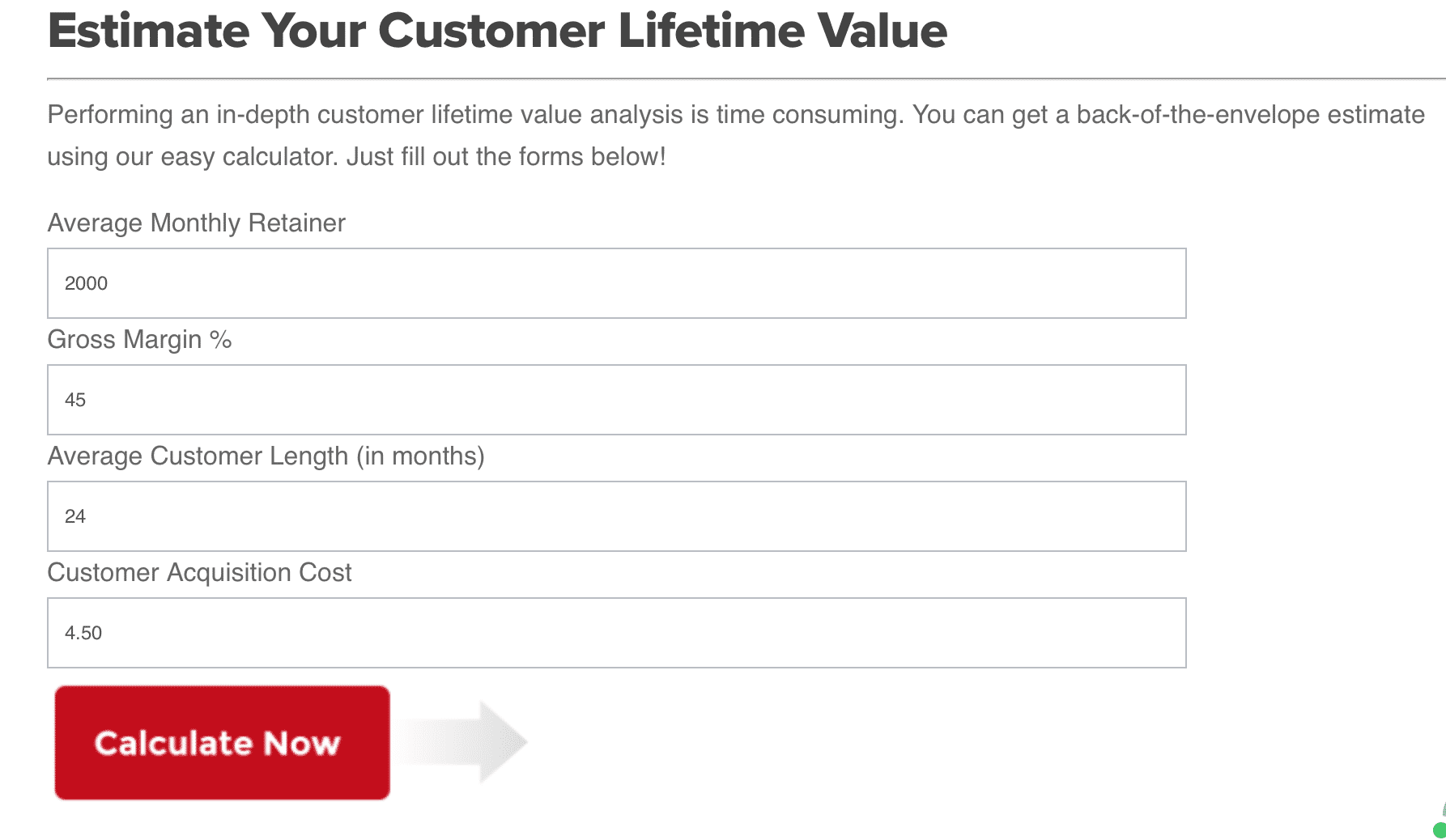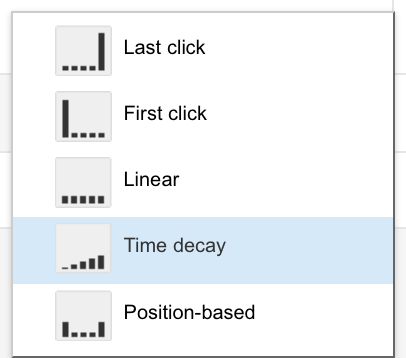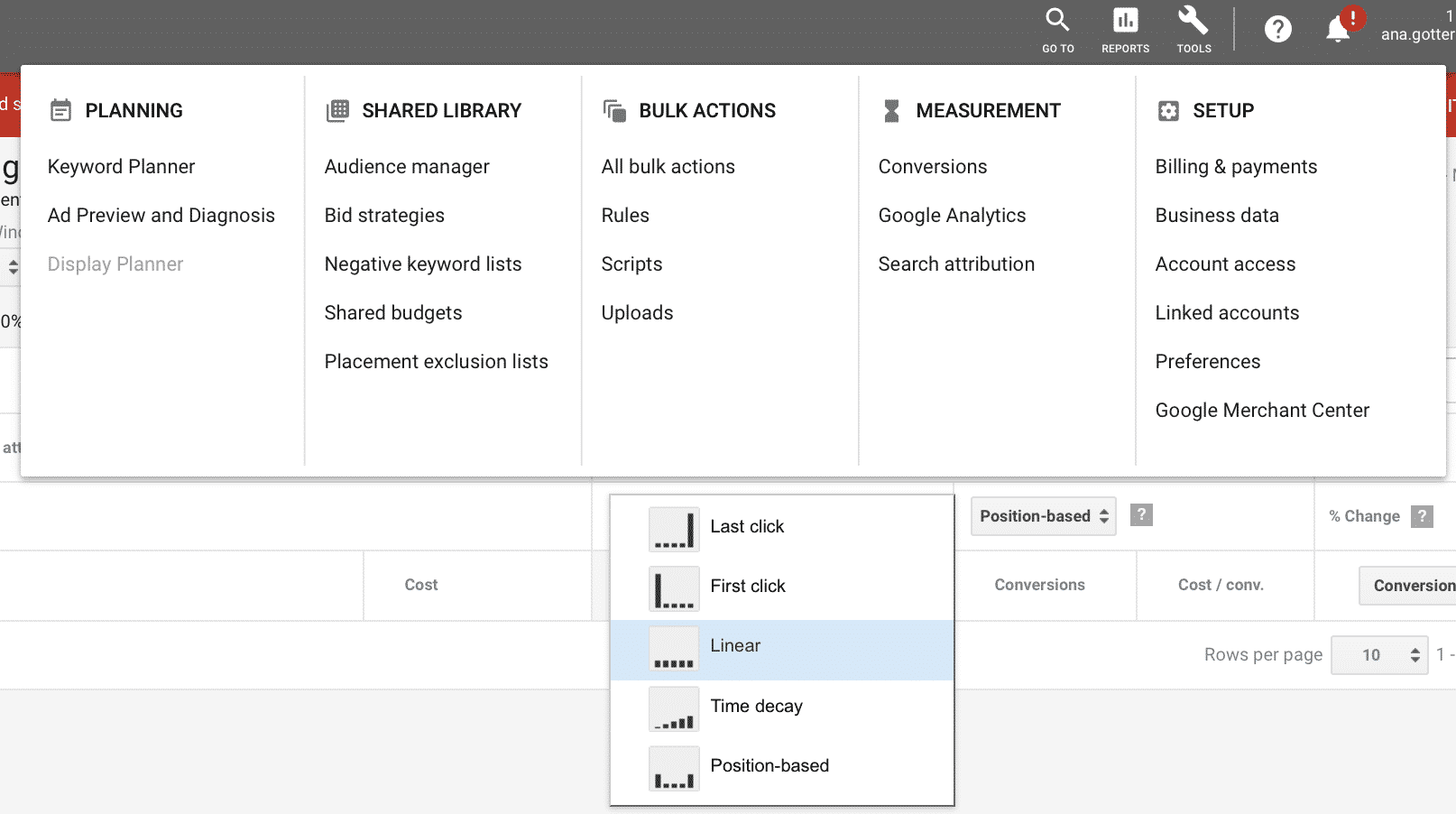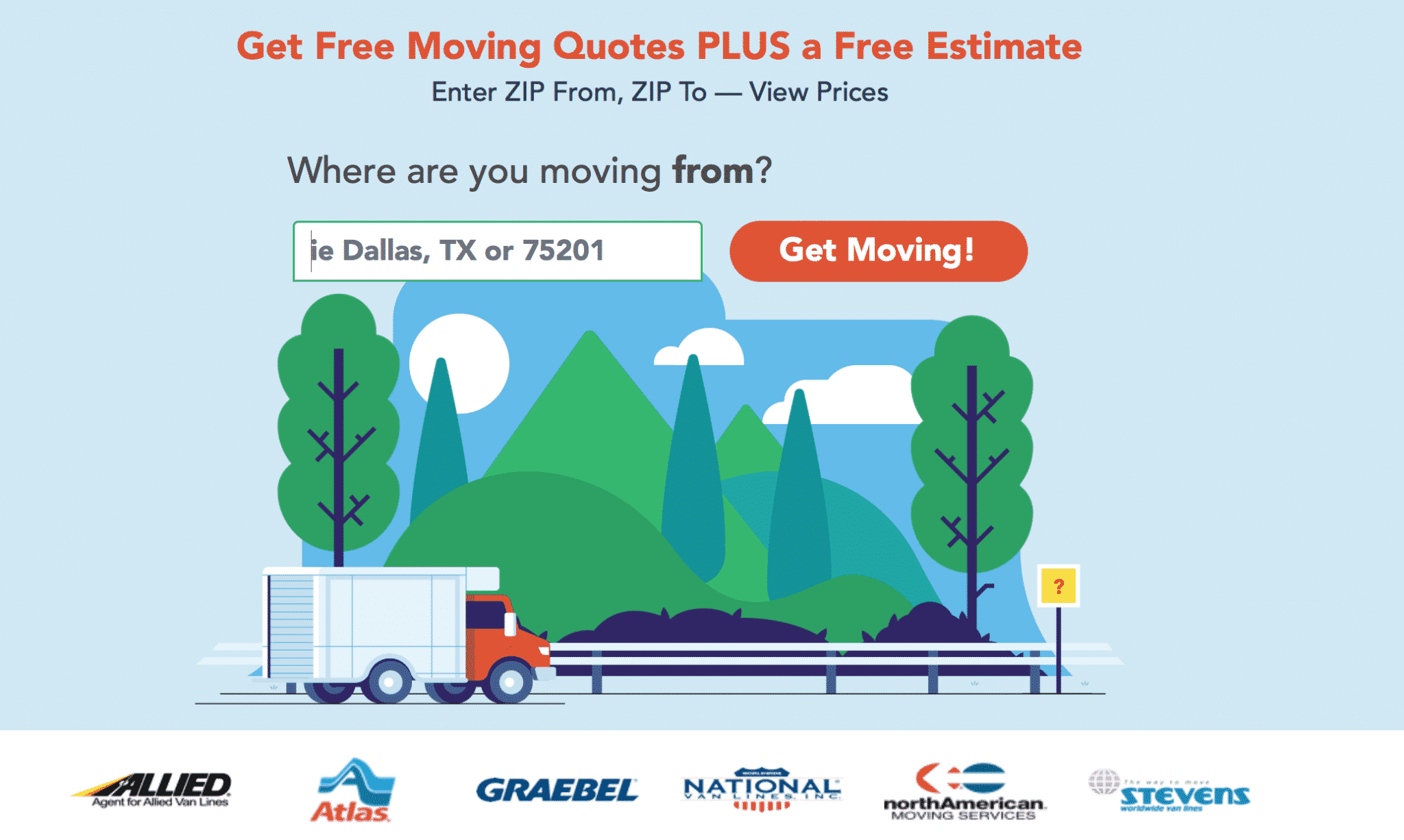by Ana Gotter • March 21, 2019
6 First-Time Google Ads Campaign Mistakes and How to Avoid Them
You’re ready to get started with Google Ads. You’ve got your account, you’ve set aside money in the marketing budget, and you’ve read all the tutorials showing you how to actually use the system.
If you’re still feeling a little lost, or if you’ve run your first few campaigns and gotten only lackluster results, this is completely normal. Google Ads is a complex system, and it’s unfortunately not as simple as reading about a great strategy, picking some keywords, and hitting GO.
The system does get a lot easier, however, once you get the hang of some of the strategies and know where to start and what mistakes to avoid. In this post, we’re going to take a close look at the common mistakes people make when creating their first Google Ad campaign and how you can sidestep them altogether.
1. They Go All In Too Fast
One thing that I’ve seen time and time again is new businesses or marketers who have been convinced that you have to go big or go home in PPC, and they don’t set any kind of bid regulation or have a backup plan and they go all in on a single campaign, blowing their whole budget.
There’s a big problem with this, of course: Google Ads can sometimes be unpredictable, and almost all businesses and advertisers need to run careful split tests to evaluate what strategies, copy, audience targeting, and keyword groupings actually work best for them and their specific circumstances.
Testing means that none of us get it 100% right the first time, and if you go all in from the beginning on a few campaigns, it’s not going to give you enough room to experiment, find what works, and then properly optimize your campaigns.
Even if you end up getting kind-of-ok results from those initial campaigns, this is the best it will get, and you’re likely missing out on a lot of opportunity for keywords, copy, or bidding strategies that allow you to increase your conversation rate, your return on ad spend (ROAS), or both.
2. They Only Consider Their Own Campaigns and Not Their Competitors
It would be great if we could create an outstanding campaign and set a reasonable bid and have our ads automatically start getting the results we hope for with top placements, but Google Ads works on an auction system. This means that the results we get are absolutely directly impacted by what our competitors are doing, so if you are trying to create your campaigns in a bubble because you don’t want to be bothered by your competitor’s actions, you’re going to miss a big piece of the puzzle.
Market research is important. You want to look at what the bid ranges are for your campaigns, and what big competitors who are ranking first for your keywords are saying in their ads and what they’re bidding.
3. They Don’t Look at the Big Picture
It’s easy to get sucked into immediate results and costs when you’re sizing up your ad campaigns, but sometimes a shortsighted view will cause you to the bigger picture. There are two ways this can happen on Google Ads: accurately assessing lead value and attribution.
First: lead value. When you’re sizing up how much you can afford to spend on a single click, a lot of businesses will think “I can afford to spend $2.00 per click and still be profitable when I get a minimum sale.” But you also have to account for the fact that plenty of users will click and not convert, and that customers who purchase may be more likely to purchase from you multiple times, and not just this single instance.
What you really need to assess is the estimated lifetime value of customers coming from Google Ads, and then adjust your bid accordingly while taking into account that conversion rates can be on the lower side.

Attribution is also something to consider. Maybe someone clicks on your ad, you pay for that click, and it doesn’t seem like they covert right away. But, if the attribution in Google Ads focuses on a broader look instead of purely a last-click attribution model (which is the default), you might find that someone discovered you by clicking on your ad, and then came back to the site through a blog post several weeks later and converted then.

Again, big picture thinking is important, because many customers often need to interact with multiple touch points before they’ll be ready to convert. Choose an attribution model that takes those different touch points into account, like a Linear or Time Decay model, which give you a fuller picture.
To change your attribution model, find “Tools” in the Google Ads dashboard, and then choose “Search Attribution.” You’ll see the option to choose your attribution model here.

4. They Stay Too Broad
Choosing your keywords can be tricky. Our first impulse often tells us to bid on every keyword that even might get us to rank in a position that would get clicks, but this is a common mistake people make when creating their first campaign that can derail it entirely.
Niched-down keyword groups are the way to go because they ensure that you’re creating really relevant, targeted messages to keywords that align in search intent. If someone searches for “SEO” and sees an ad advertising PPC services, they’ll likely be driven away. The agency did also have SEO services, but they didn’t properly advertise it, and the customer assumed the ad wasn’t a good fit.
Remember that the smaller your keyword ad group is, the easier it is to create ad copy that matches the search intent and the needs of the user. It’s also easier to send users to a relevant landing page, and all of that together means a higher quality score, along with potentially a higher ad ranking and percentage of the impression share.
Want to learn more? You can read about how to create tight, effective ad groups here.
5. They Forget About What Comes Next
Mistake number five is another case of being stuck in a bubble, but this time the bubble isn’t forgetting about your competitors; it’s about forgetting what comes next.
Your Google Ad campaign needs to be strong if you want to rank well, get clicks, and position yourself for a conversion. But once they click, they’re taken somewhere else, and if the rest of your funnel isn’t strong enough, your results won’t be either. This is why sometimes people see a ton of clicks on their ads but no conversions, and then they think it’s a waste of money. If this is something you’re experiencing, you either need to tweak your targeting or your landing page.
https://giphy.com/gifs/west-wing-jed-bartlet-whats-next-MSYI0G3QS3UU8
Ideally, your landing page should be the perfect, seamless next step users see after clicking on an ad. It should immediately address their search intent, and give them the information they need to take their next step.
This ad, for example, responds to a user’s search intent that’s clearly interested in learning about prices for moving trucks:

And this landing page follows up immediately, giving them the form to fill out the info instead of taking them to generic information first:

In some cases, this may be a lead magnet. If you don’t have email autoresponders set up to keep engaging the user, this could be where you’re dropping the ball. And if you’re trying to sell goods or services but aren’t following up with a remarketing campaign either through Facebook or Google, you’re losing potential customers there, too.
Make sure that your funnel is well optimized. When a user takes one action, what happens next? How are they nurtured into the next stage of the funnel? Don’t forget to have campaigns in place to re-engage users even after they purchase; it’s cheaper to keep customers around than continue to find new ones.
6. They Act as If All Campaigns Are Equal
When you’re doing research and planning out your campaigns, there are likely going to be a few that you want to prioritize more than others. Maybe you think that a remarketing campaign, for example, will be profitable because you’re targeting high-value audience members. Or, perhaps you’ve found the golden low-competition-high-search-volume-keyword that you think would bring you a lot of clicks and conversions from cold audiences at a low cost.
Some campaigns will be worth more than others, and it makes sense to bid more on keywords that are more likely to bring you high-value purchases or customers than those that aren’t.
Someone who is searching for “cheap kickboxing classes” may not be quite as high value as someone looking for “one on one kickboxing training,” where the latter is willing to pay premium prices and follow through with long-term lessons. Invest more into bids and more of your ad spend on campaigns that will help bring you the highest profit or the types of customers you want to help your business scale the way you want it to.
Conclusion
Google Ads has so much potential, but because it’s a platform that can require a big financial investment, you really want to make sure you’re optimizing your campaigns correctly from top to bottom right from the start.
By avoiding these common mistakes that people make when they create their first Google Ads campaign, you’ll be able to position yourself to create stronger, more versatile and agile campaigns right from the beginning while getting more reliable and actionable data from initial tests. This will help you get on the right track a lot faster, maximizing your ROAS before you know it.
Want to make sure every single ad dollar goes as far as it can with Google Ads? Get in touch with us to learn about our PPC ad services—we’d be happy to help.
What do you think? Have you made any of these common Google Ad mistakes? How do you optimize your campaigns for success? Share your thoughts and questions in the comments below!










